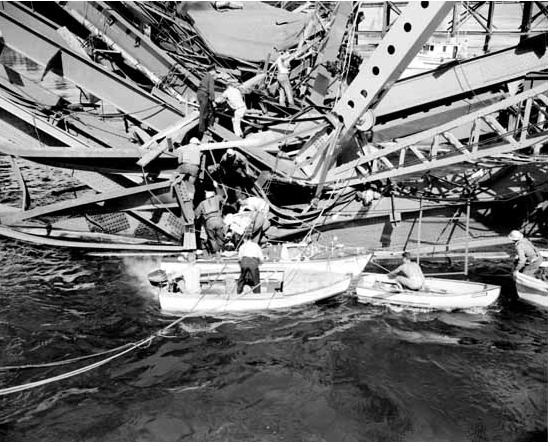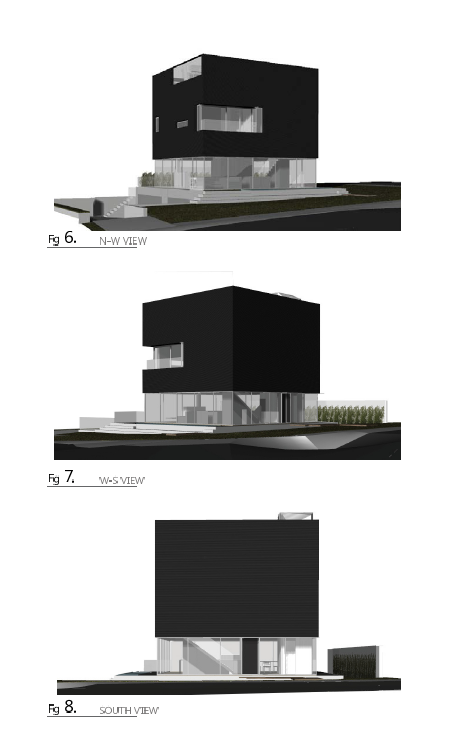1. It’s in Victoria

2. It’s 52 years old. That means Munro’s has survived Amazon, consolidation and e-books.

3. Carole Sabiston’s tapestries. Eight large banners depict the seasons and decorate the interior of Munro’s. Carole is an incredibly accomplished textile artist. Her commissions include the giant Sunburst for the Expo ’86 opening ceremony in Vancouver and the five-panel work of mountains and oceans at Government House.

4. Its connection to Alice Munro. Nobel prize winner and one of my literary heroes co-founded the original Munro’s Books in 1964.

5. Jim Munro. Not only does Jim have great taste in wives (Alice Munro and Carole Sabiston), when he retired in 2014 he handed over the store and inventory to four long-time staffers (they pay him rent).

6. The Staff. They understand books, customers and needy authors and are amazingly knowledgeable. They also stage events, book launches and readings.

7. The Books. There are roughly 30,000 in the inventory and a huge children’s section. Just try to leave without buying several books, it’s physically impossible.

8. Local Interest Section. It’s huge, it’s right up the front, and it’s all about B.C. authors.

9. Jim Munro. Not only does he love books, he also loves heritage buildings. He and Carole still live in the 1894 Rockland Avenue house that he bought with Alice in 1966. He bought the former bank building that houses Munro’s in 1984 and restored it. Now it’s a tourist attraction.

10. The building. Originally designed for the Royal Bank of Canada in 1909, it’s a gorgeous neo-classical building with marble and hardwood floors and sweeping 24-foot-high ceilings. It was designed by architect Thomas Hooper who also designed the Roger’s Building, Hycroft (Shaughnessy) and Christina Haas’s Cook Street brothel.
For more about Munro’s Books, Jim Munro, Carole Sabiston, Alice Munro and Victoria grab a copy of Sensational Victoria: bright lights, red lights, murders, ghosts and gardens.

Bookstores all over Canada are hosting Authors for Indies tomorrow. For a full listing of participating stores in B.C. see Authors for Indies




 I’ve lived in Lynn Valley for 20 years and while I’ve heard rumours of a nudist camp at the top of Mountain Highway, I always thought that it was an urban myth. After reading an article this week, I found their website, fired off an email, and accepted an invitation from PR director Daniel Jackson to spend this afternoon at
I’ve lived in Lynn Valley for 20 years and while I’ve heard rumours of a nudist camp at the top of Mountain Highway, I always thought that it was an urban myth. After reading an article this week, I found their website, fired off an email, and accepted an invitation from PR director Daniel Jackson to spend this afternoon at 



























































 Rhona and Marion stopped and talked for a while and then parted company near Marion’s home at the corner of Larson Road and Wolfe Avenue. Rhona disappeared into the darkness of Larson Road, turned south on Bewicke Avenue, and was at the intersection at West 15th, the quiet residential street where she lived, when someone stopped her. She was in sight of the safety of her home.
Rhona and Marion stopped and talked for a while and then parted company near Marion’s home at the corner of Larson Road and Wolfe Avenue. Rhona disappeared into the darkness of Larson Road, turned south on Bewicke Avenue, and was at the intersection at West 15th, the quiet residential street where she lived, when someone stopped her. She was in sight of the safety of her home.

 On July 26, 1924, Janet Smith was found shot in the head by a .45 calibre automatic revolver in the basement of a Shaughnessy house. The murder of the Scottish nanny rocked Vancouver. The murder touched on high-level police corruption, kidnapping, drugs, society orgies and rampant racism. This is a short excerpt from
On July 26, 1924, Janet Smith was found shot in the head by a .45 calibre automatic revolver in the basement of a Shaughnessy house. The murder of the Scottish nanny rocked Vancouver. The murder touched on high-level police corruption, kidnapping, drugs, society orgies and rampant racism. This is a short excerpt from 
 Wong Foon Sing, the Baker’s Chinese houseboy, found Janet in a pool of blood, and became a convenient fall guy. Frustrated that they couldn’t get a confession, at one point several men, including high ranking members of the Point Grey Police Department, dressed up as Ku Klux Klansmen, kidnapped him, dragged him to an attic, tied a heavy rope around his neck, put him on a stool, and pretended to kick it out from under him. After a staggering six weeks of torture, they dumped him in the middle of the night. Police found him stumbling along Marine Drive, rearrested him and shipped him off to Oakalla prison.
Wong Foon Sing, the Baker’s Chinese houseboy, found Janet in a pool of blood, and became a convenient fall guy. Frustrated that they couldn’t get a confession, at one point several men, including high ranking members of the Point Grey Police Department, dressed up as Ku Klux Klansmen, kidnapped him, dragged him to an attic, tied a heavy rope around his neck, put him on a stool, and pretended to kick it out from under him. After a staggering six weeks of torture, they dumped him in the middle of the night. Police found him stumbling along Marine Drive, rearrested him and shipped him off to Oakalla prison.



















 Joe was a kick-arse Italian cop who worked for the Vancouver Police Department between 1912 and 1928 and didn’t get bogged down in the details. He’d kick down the doors of opium dens, shoot first and ask questions later, and not worry too much about legal things like warrants and warnings.
Joe was a kick-arse Italian cop who worked for the Vancouver Police Department between 1912 and 1928 and didn’t get bogged down in the details. He’d kick down the doors of opium dens, shoot first and ask questions later, and not worry too much about legal things like warrants and warnings.
 Just a few hours earlier one of Joe’s informants had tipped him off that a “very bad Italian—maybe a murderer” was being held in a jail cell in Nelson, BC, on an immigration charge. The prisoner had boasted: “I shot my way out of the death house, and they’ll never hold me very long.”
Just a few hours earlier one of Joe’s informants had tipped him off that a “very bad Italian—maybe a murderer” was being held in a jail cell in Nelson, BC, on an immigration charge. The prisoner had boasted: “I shot my way out of the death house, and they’ll never hold me very long.”












